Thuja western "Tini Tim": description, planting and care

Landscape architecture is a popular trend in green design. To decorate the territory, designers use a large number of annuals and perennials, but thuja has remained the most popular for many years. There are a huge number of species of this plant on sale, which differ in shape, size, appearance and growing conditions. Before choosing the necessary plants for a green composition, professional designers recommend paying attention to the western Tiny Tim.
Description
Thuja "Tini Tim" is a dwarf shrub that belongs to unpretentious plants and can be used in different climatic regions. This variety was bred at the beginning of the twentieth century and quickly became in demand and popular.
The maximum height of an adult plant does not exceed 100 cm, the crown diameter reaches 50 cm. The bush has a spherical shape, a dense crown, which consists of small branches. Crown colors range from gray-brown to red. A distinctive feature of thuja is the presence of a bright and rich color of needles, which consists of small scales.
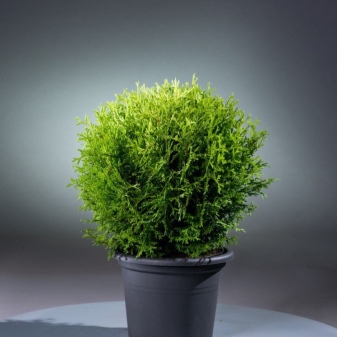
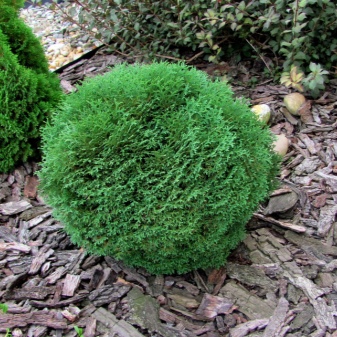
This plant has a very slow rate of development. The height of a 10-year-old bush does not exceed 35 cm, and the crown diameter is 40 cm. Despite its unpretentiousness, thuja grows better on wet loam. For the full growth and development of a shrub, planting it must be carried out in well-lit and sunny areas. The presence of a shade can lead to a slowdown in growth and oppression of the plant, as well as to the formation of a sparse and loose crown.
Thuja "Tini Tim" can be both an independent and single element of the composition, and part of a mass planting.
In order to avoid thickening of the planting, novice gardeners must strictly observe the distance between plants, which should not be less than the diameter of the crown of an adult shrub.

Landing
Thuja "Tini Tim" is an ideal plant for creating hedges or decorating curbs. In order for the bushes to have a spectacular appearance and the most comfortable conditions for growth and development, experts recommend carefully studying all the subtleties of the placement of young shoots before planting. Despite its unpretentiousness, the coniferous shrub prefers to grow in sunny areas that have a maximum level of illumination. The landing site must be protected from cold winds and winter snow accumulation, which can deform the crown and branches. The distance between the seedlings should not be less than 50 cm.To create a hedge, it is better to leave 70 cm between the planting holes.
For the safest possible removal of the seedling from the technical container, immediately before planting, it must be spilled abundantly with water. The depth of the planting hole should be twice the pot with the bush. In the case of a close occurrence of groundwater to the surface, it is better to cover the bottom of the pit with a layer of drainage material, which should not be less than 25 cm. The extracted soil must be mixed in equal proportions with peat and a small amount of sand. To speed up the rooting of shoots, a small amount of special fertilizer for coniferous shrubs can be added to the soil mixture.
For planting thuja, experts recommend using the transshipment method, which involves carefully removing the root system from the container along with an earthen lump and placing it in the planting pit. All voids must be carefully filled with a ready-made soil composition to the level of the root collar, which in no case should be covered with earth.
The planted bush must be abundantly shed with warm and settled water, and the near-trunk zone must be mulched with peat or chopped bark.
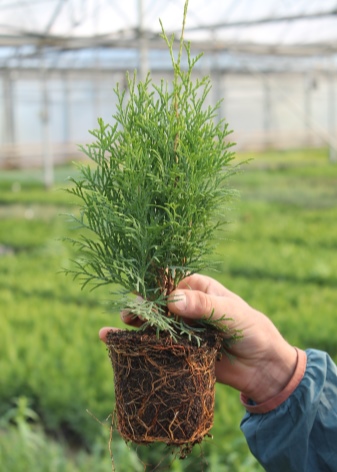

Care
Thuja needs the maximum amount of attention and care in the first years of life, when its root system is not yet fully strengthened and rooted.
- Young plantings should be watered abundantly at least once a week. The amount of water per planting hole should not be less than 20 liters. In a dry period, florists recommend spraying the needles to prevent the branches and shoots from drying out. After three years, the amount of water applied can be reduced to 10 liters per week.
- For a stable supply of oxygen to the roots, after each watering, it is necessary to loosen the root area of the land. Experts recommend to loosen only the surface soil and not touch the ground at a depth of more than 10 cm to prevent damage to the root system. Regular mulching with peat or pine bark will help slow down the drying of the soil, the minimum layer of which should be 5 cm.
- To maintain the aesthetic and decorative appearance of the plantings, it is necessary to carry out sanitary pruning of dry and damaged branches every year, at the same time giving the bush an ideal ball shape. If necessary, you can immediately reduce the length of the branches slightly.
- To provide the plant with all the necessary minerals, florists recommend fertilizing plantings in autumn and spring. In the spring, thuja needs nitrogen feeding, and in the fall it is better to add potassium. To prevent the development of fungal diseases in early spring, experts recommend sprinkling the bushes with special fungicides or Bordeaux mixture. Special insecticides can be used to kill aphids.
- This variety belongs to frost-resistant species that can easily tolerate temperatures down to -35 degrees. But young bushes that have not yet matured still need to create special shelters made of non-woven fabric or burlap. To prevent the appearance of burns from bright spring sunlight in the first weeks of March, it is better to cover it with a non-woven cloth or spruce branches. After the temperature has stabilized, it is necessary to remove all covering materials to prevent the plants from rotting.


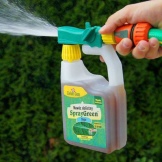
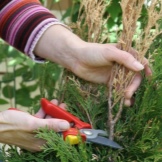
Reproduction
For self-obtaining new plants experts recommend using the following breeding methods:
- cuttings;
- seminal.
Cutting is one of the fastest and easiest way to get new shoots. To obtain planting material, it is necessary to cut off a process with a small piece of crown from the mother bush at the beginning of spring. To speed up the formation of the root system, all cut cuttings must be placed in water for at least 10 hours with the addition of a root growth accelerator, which is sold in specialized garden stores.
The processed planting material should be planted in small containers filled with a mixture of turf, peat and sand. It is better to place the watered containers in a small greenhouse, where the humidity and high air temperature are stable. After the appearance of the first young shoots, the film can be removed, and the planting of cuttings in open ground can be carried out only the next year.
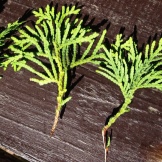
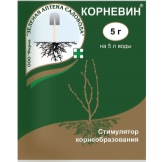
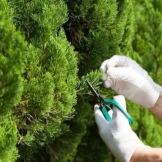
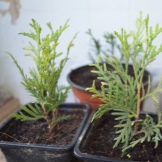
Growing a plant with seeds is a longer and more painstaking process that not all gardeners like. The main disadvantage of the seed propagation method is the high probability of losing the genetic characteristics of the variety.
Seed material can be purchased in specialized stores or collected by yourself. To get your seeds, you need to collect ripe cones from the mother bush in late autumn and dry them thoroughly. After the cone is fully opened, it is necessary to remove all seeds from its pores, which can be planted only at the beginning of winter before the first snow appears.
In early spring, the sown area must be fertilized, watered well and covered with a film that will help create a greenhouse effect. Only after the emergence of seedlings can the covering material be removed. Caring for the garden bed consists of weeding the area regularly, removing weeds, applying mineral and organic fertilizers and watering the seedlings. Only after three years can the shoots be dived into separate containers, where the thuja should grow for another two years.
In open ground, you can plant bushes that have reached the age of 5 years.
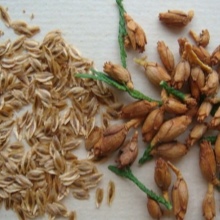
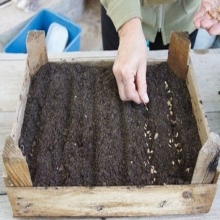
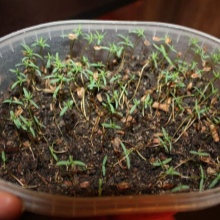
Use in landscape design
Thuja "Tini Tim" is a versatile shrub that is widely used by both professional designers and ordinary gardeners. Spherical needles bushes will look harmonious both in city parks and alleys, and on personal plots. This type of thuja can be used to create rock gardens, flower beds, alpine slides, flower beds, rockeries and hedges.
A beautiful shrub goes well with both conifers and deciduous plants. Designers often use large flower pots with thuja in their projects to decorate balconies, terraces and loggias. Plants planted in planting containers feel no less comfortable than in the open field, but they need more attention and care.
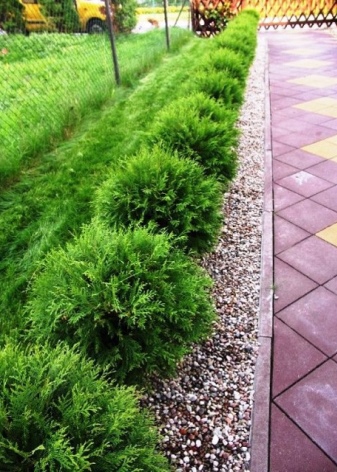
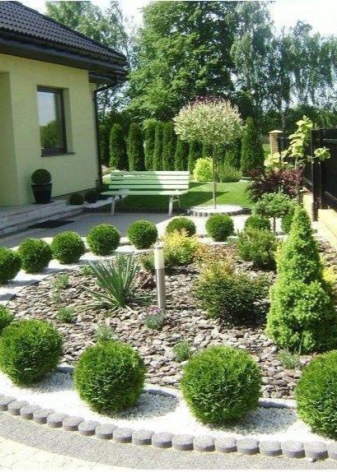
Landscaping experts recommend using this type to form a hedge, which will give the site an elegant look and do not require a lot of attention. To create a green fence, it will be enough just to plant the seedlings in one line close to each other.
Green balls can be placed along garden paths or alleys. Plants are often used to functionally divide a green recreation area. A coniferous bush in the center of a green lawn near a garden bench or a hammock looks very impressive and original.
A mound of sand or pebbles will help to emphasize and enhance the color of the plant.
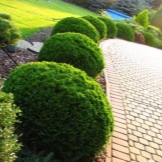
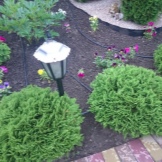

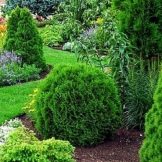
Unpretentious shrubs can be planted along highways and city roads. Exhaust gases, dust and toxic fuel substances do not have a negative impact on the growth and development of coniferous plantations. Due to its disinfecting properties, thuja is often planted near medical facilities., kindergartens and schools, as well as near government administrations. Plants are especially popular in sanatoriums and boarding houses.
The moisture-loving plant feels good on the banks of artificial ponds and reservoirs, the humidity around which has a beneficial effect on the growth rate of the bushes.
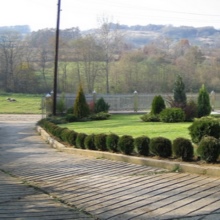
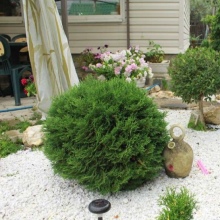
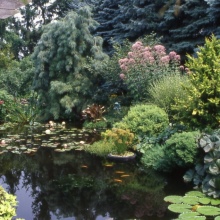
For information on how to care for the western thuja "Teenie Tim", see the next video.



































































The comment was sent successfully.